Top 10 Things to Do in Croatia: Must-Visit Attractions
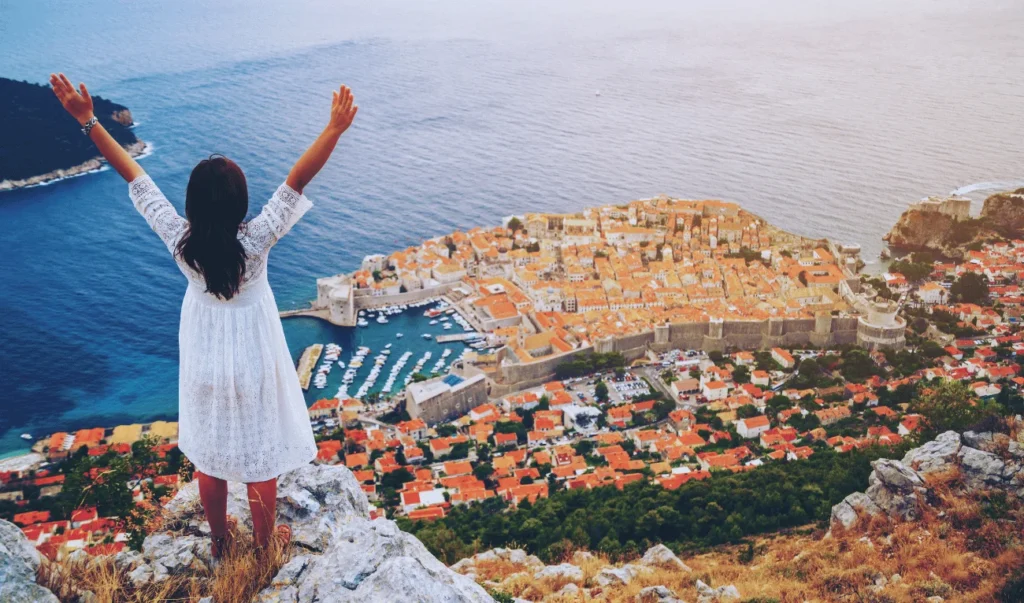
Croatia lies along the coastlines of the Adriatic Sea in Eastern Europe. It is the most visited country in Europe, with almost 200 million tourists visiting it in 2014. Croatia has an enormous number of castles and is surrounded by more than a thousand islands. Zagreb, the inland capital of Croatia, is known for its distinct medieval Upper Town and multiple museums. Among the main coastal cities, Dubrovnik stands out for its huge 16th-century wall that encircles the Old Town.
Here are our ten recommendations for the top things to do in Croatia.
1. Plitvice Lakes National Park
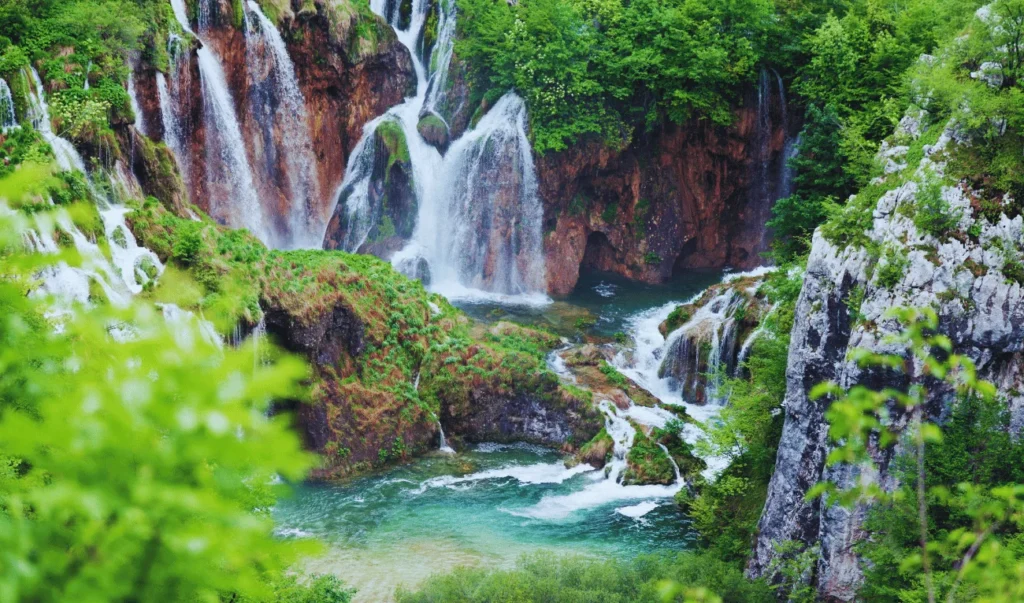
The Plitvice Lakes National Park covers 295 sq kilometers and is a forest reserve in central Croatia. It features a chain of 16 terraced lakes joined by waterfalls that flow into a limestone canyon. Exploring the lakes on foot takes over six hours, but the use of boats and buses can reduce this to four hours. For a limited-time visit, the upper lake section is recommended, which can be completed in just two hours.
2. Mljet Island

Mljet Island is arguably the most beautiful island in the Adriatic Sea. A major portion of the island is covered by forests, while the remaining area is filled with vineyards, small villages, and fields. Mljet National Park, located on the northwestern half of the island, offers scenic views of saltwater lakes, pine forests, and lush vegetation. According to legend, Odysseus spent seven years of his captivity on this island.
3. Hvar Town

Hvar Town is the busiest destination and the hub of the island, attracting around 20,000 visitors daily in the high season. Gothic palaces and neat marble streets are surrounded by a 13th-century wall. Visitors can swim on the many beaches, enjoy the nightlife, or explore the area by taking walks on the winding streets.
4. Diocletian’s Palace
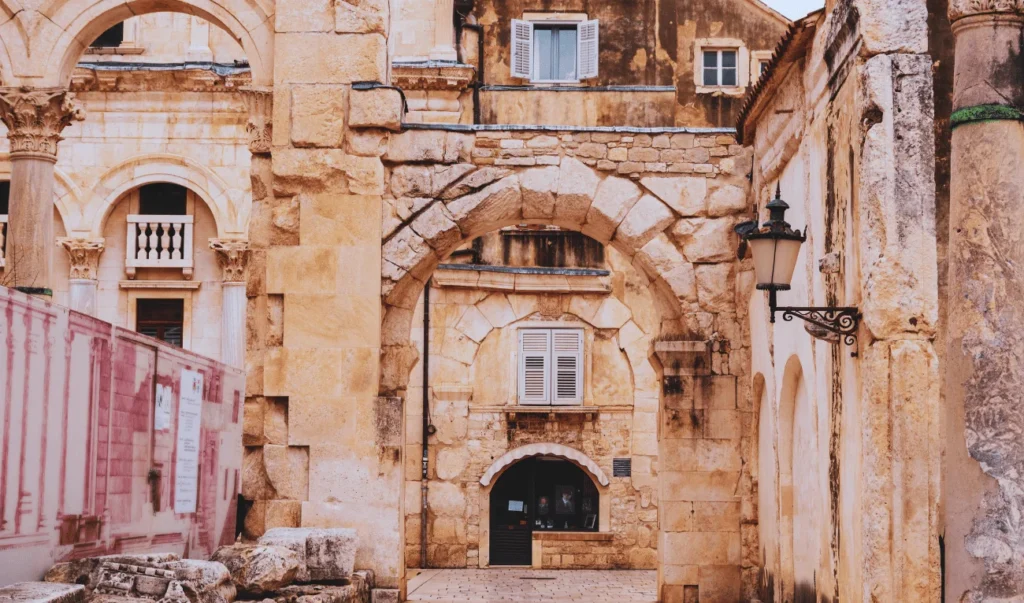
Split, Croatia’s second-largest city, is home to the imposing Roman ruins of Diocletian’s Palace. This palace covers almost 31,000 sq meters and includes an imperial residence, a military fortress, and a fortified town. Each wall has a gate named after a metal: the Golden Gate (north), Bronze Gate (south), Silver Gate (east), and Iron Gate (west).
5. Istria
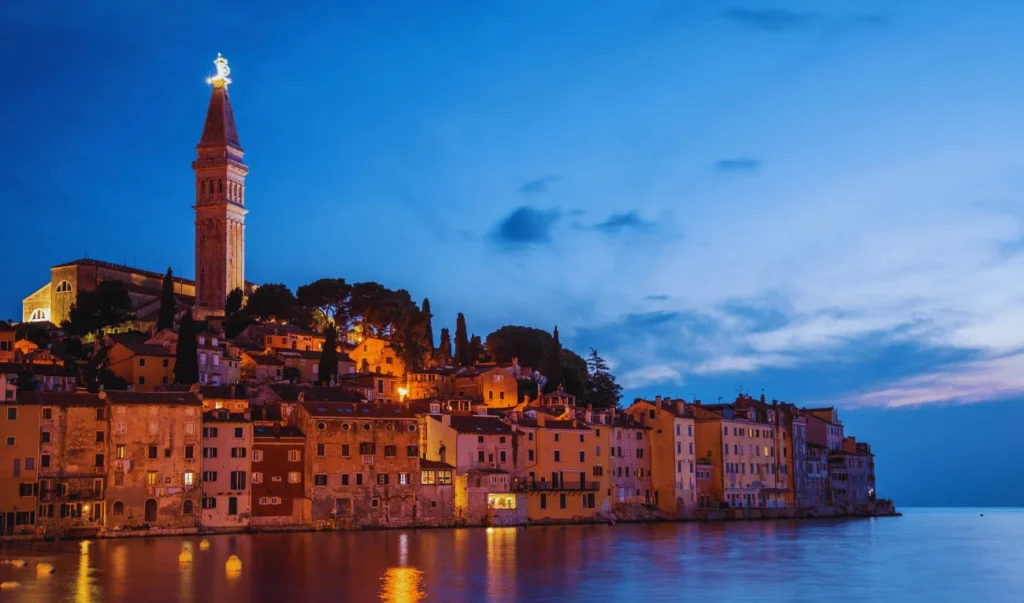
Istria, formerly known as Histria, is the largest peninsula in the Adriatic Sea, shared by Italy, Slovenia, and Croatia. The farmhouse restaurants, rural hotels, and hilltop villages attract artsy tourists, while the beautiful coastline is popular for its sun and sea setting.
6. Zlatni Rat
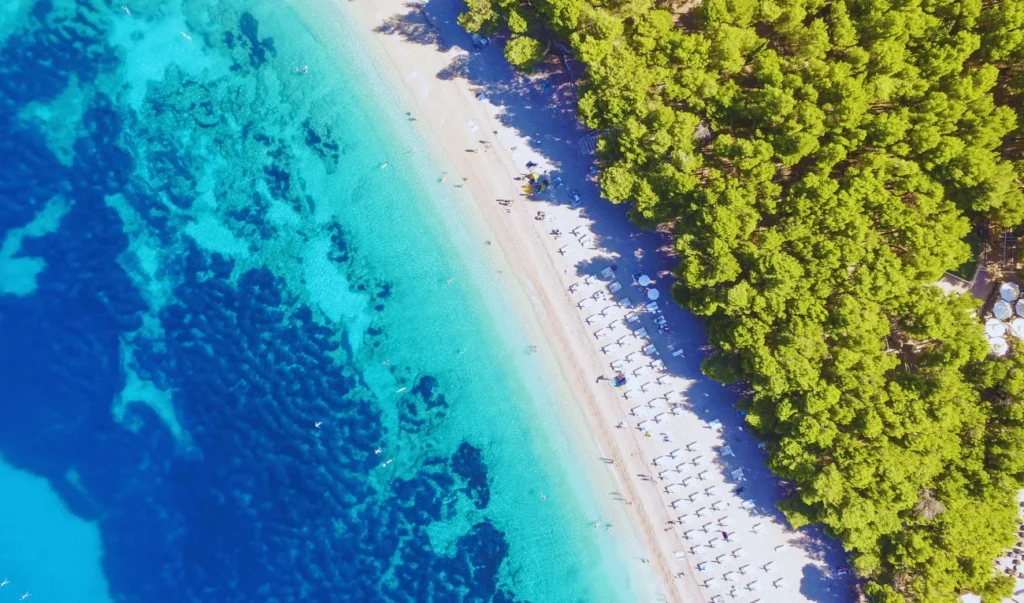
Zlatni Rat is an island shaped like a tongue extending into the sea, located nearly 2 kilometers from the town of Bol in the Dalmatia region on the southern coast of Brac. Its beautiful beach is covered with smooth white pebbles, and shade is provided by the Pine trees that grow in abundance. Zlatni Rat is one of the loveliest destinations in Dalmatia, though it can be very crowded in high season.
7. Museum of Broken Relationships
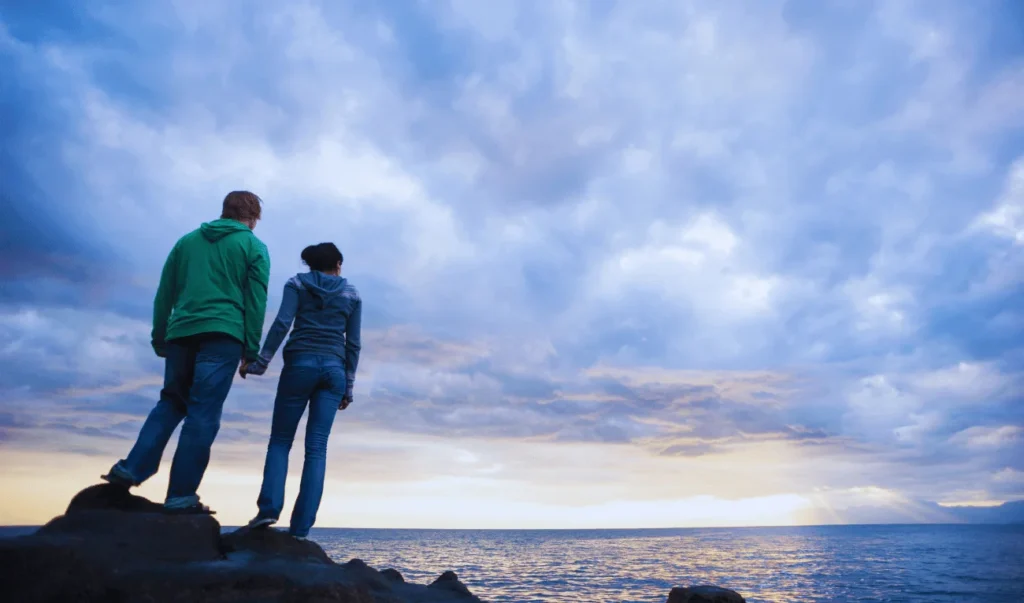
The Museum of Broken Relationships in Zagreb was founded by two local artists, film producer Olinka Vistica and sculptor Drazen Grubisic, who joked about the idea after their breakup. Dedicated to failed relationships, the museum’s exhibits include personal leftover objects with short descriptions. Opened in 2010, the museum’s innovative concept earned it the Kenneth Hudson Award from the European Museum Forum.
8. Paklenica National Park
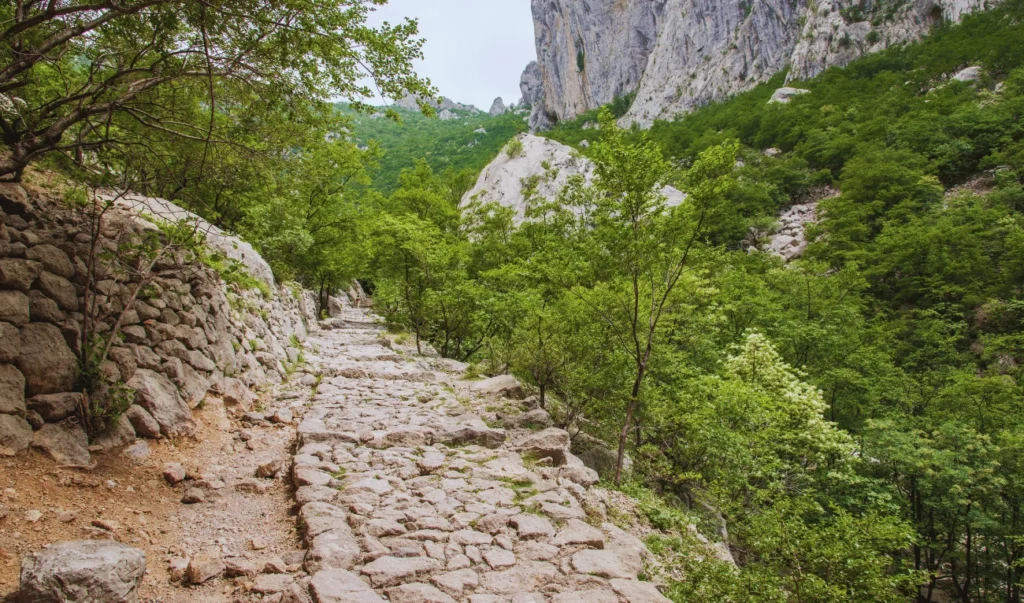
Paklenica National Park, covering 95 sq kilometers, is located in the Velebit Massif mountain chain. This park features the country’s prime mountain scenery, offering opportunities for climbing walls of stone and trekking up gorges. The best times to visit are from April to June or September when the park is at its greenest and streams are gushing with water.
9. Dubrovnik

Dubrovnik never fails to awe visitors, whether it’s their first visit or their hundredth. The city is known for its spectacular marble streets, the Adriatic’s shimmer, beautiful baroque buildings, and the historic wall that protected the republic for hundreds of years. Visitors can experience the Mediterranean lifestyle and explore museums full of artifacts and art that retrace Dubrovnik’s history.
10. Kopacki Rit Nature Park
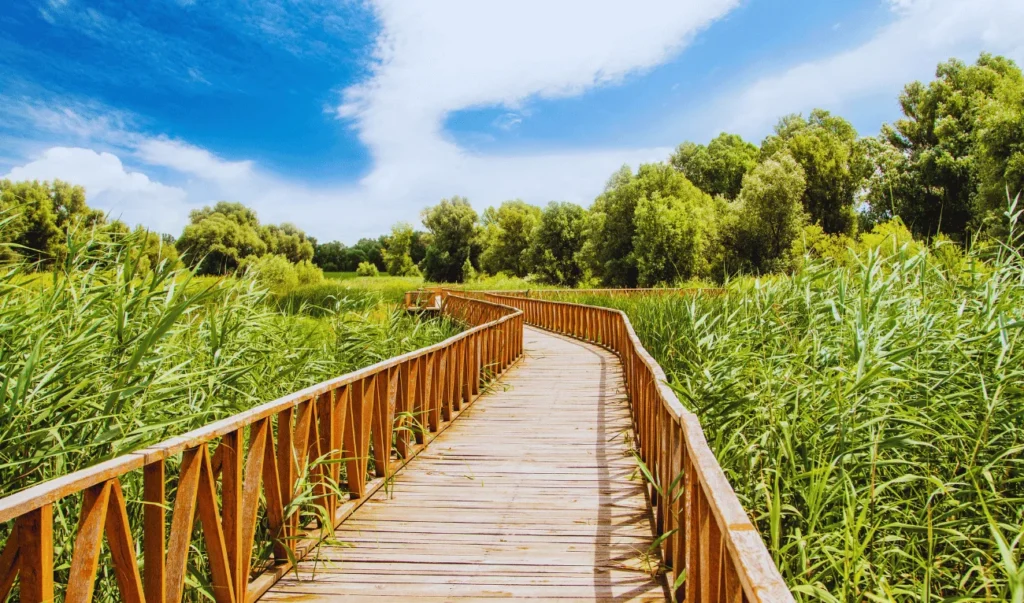
Kopacki Rit Nature Park is among the largest wetlands in Europe, located only 12 kilometers from Osijek. This floodplain, formed by the meeting of the Drava and Danube rivers, has two large lakes, Skadarsko and Kopacevo. The lakes are surrounded by diverse vegetation, including willow, grassland, aquatic flora, oak, and poplar forests. The park is home to over 239 bird species and almost 44 fish species, including pike, catfish, bream, and perch.